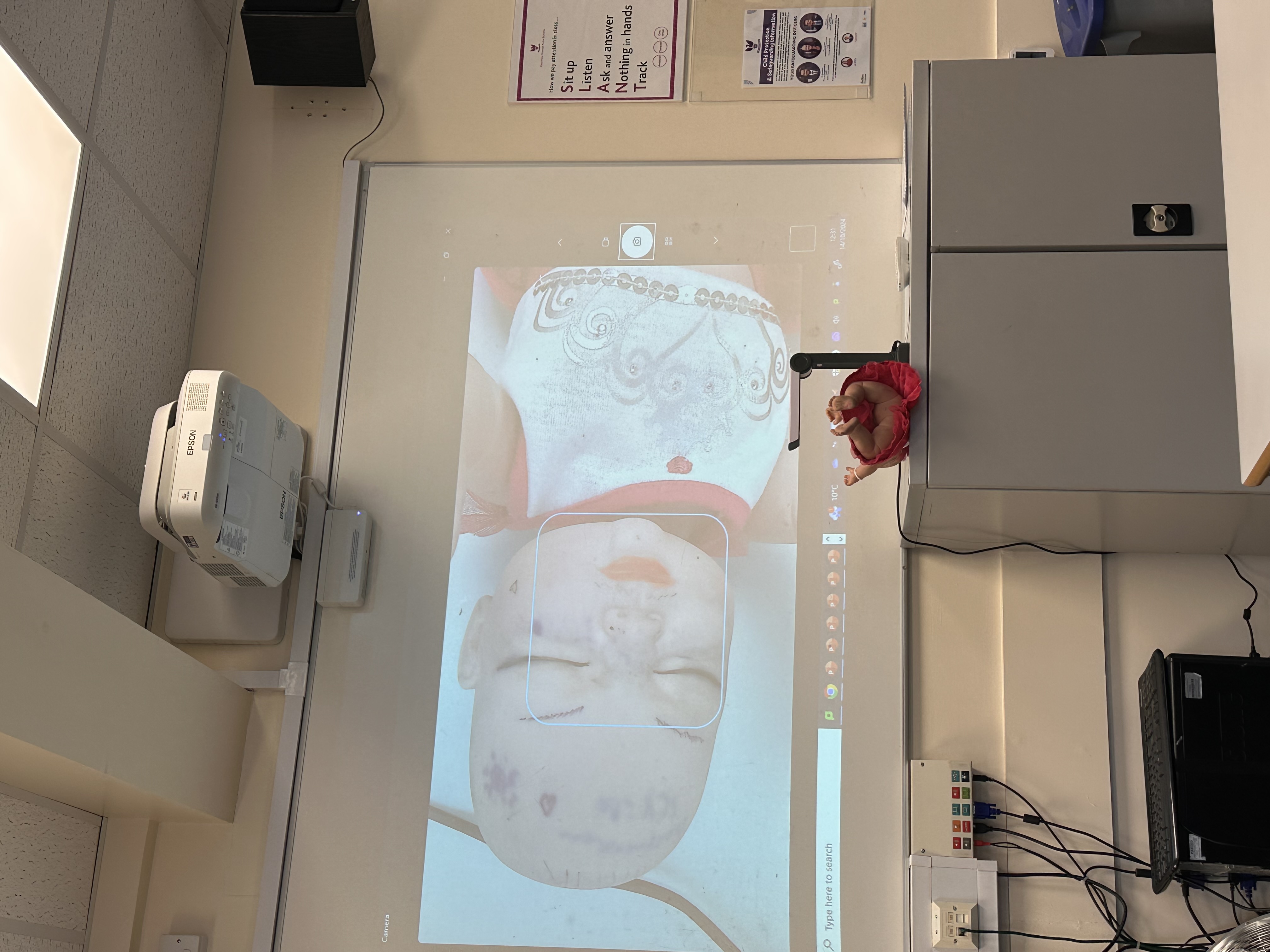Classification of Schizophrenia
Cards (52)
- Schizophrenia
- Positive Symptoms
- Hallucinations
- Delusions
- Speech disorganisation
- Negative symptoms
- Speech poverty
- Avolition
- Lack of concentration
- What is the classification of schizophrenia?
- What is the aim of classifying schizophrenia?
- Which manuals classify schizophrenia?
- What does the DSM-5 state about diagnosing schizophrenia?
- What are examples of positive symptoms of schizophrenia?
- How does the ICD-10 differ from the DSM-5 in diagnosing schizophrenia?
- What implication does the difference in requirements between DSM-5 and ICD-10 have for diagnosis?
- What are the key differences between DSM-5 and ICD-10 in the context of schizophrenia diagnosis?
- Reliability of the diagnosis of schizophrenia
- What is one issue with the reliability of the diagnosis of schizophrenia?
- How do different classification systems affect schizophrenia diagnoses?
- What is a key difference between DSM-5 and ICD-10 regarding schizophrenia diagnosis?
- What has research found regarding psychiatrists diagnosing schizophrenia?
- What is symptom overlap in the context of schizophrenia?
- Which other psychological disorder shares symptoms with schizophrenia?
- How can symptom overlap lead to disagreements in schizophrenia diagnoses?
- What are the implications of using different classification systems for diagnosing schizophrenia?
- What are the consequences of symptom overlap in schizophrenia and other disorders?
- Reliability of the classification of schizophrenia
- Issues with the reliability of the classification of schizophrenia.
- Validity of the diagnosis of schizophrenia
- What is a significant issue with the validity of the diagnosis of schizophrenia?
- What does symptom overlap refer to in the context of schizophrenia?
- How can symptom overlap lead to misdiagnosis in schizophrenia?
- What are some positive symptoms shared by schizophrenia and bipolar disorder?
- What are some negative symptoms shared by schizophrenia and bipolar disorder?
- What is gender bias in the context of schizophrenia diagnosis?
- Which gender is diagnosed with schizophrenia more frequently?
- Why might women with schizophrenia be underdiagnosed?
- How does the higher level of functioning in women affect schizophrenia diagnosis?
- What is culture bias in the context of schizophrenia diagnosis?
